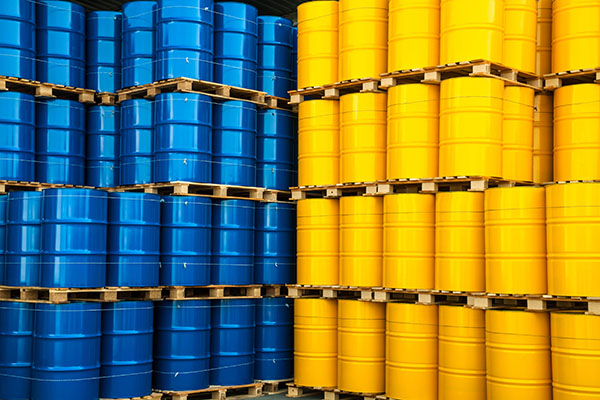
Transportation of hazardous materials is the process by which hazardous materials are moved from one place to another. In addition to in-house transporting goods by hand, with a forklift, etc., transportation usually refers to shipping goods over roads, rails, airways, and seaways. The transporte de materiales peligrosos is a subject of particular interest to safety agencies, as those goods pose a higher level of risk. It is, therefore, the employer’s responsibility to ensure that goods are transported safely.
How to Transport Hazardous Materials?
In most jurisdictions, occupational safety agencies generally determine safety requirements governing hazardous materials transport. It is the responsibility of transportation agencies, however, to oversee and enforce safety regulations governing transporte de materiales peligrosos. The federal government overwhelmingly handles the field, despite state or provincial governments regulating many occupational safety domains. Various inter-country agreements, guidance, and labelling standards set by the United Nations Committee of Experts on the Transportation of International Goods contribute to international governance.

The transportation of hazardous substances involves various risks, including damage during transit, loss and theft, fire and explosion, leaks and spills. Many goods are not dangerous but contain hazardous substances that may harm the environment or the human population. The first step is to identify the risks involved and classify the goods for transport following the special rules that apply to dangerous goods. In addition, if dangerous goods are being transported by road or rail, you should ensure they are secured, that the weight is distributed equally, and that appropriate warning signs are displayed.
- Take appropriate precautions when handling suitable packaging that is labelled
- Using the right truck, container, tank, or wagon depends on what you’re shipping
- Depending on what you need, display info about the goods
- Loading and unloading goods should follow proper procedures
A certain kind of safety equipment must be in road vehicles, like fire extinguishers. Drivers need an ADR training certificate not just to drive their vehicles but also to handle an accident. You’ll need a qualified dangerous goods safety adviser as well. The waste of transport is caused by various factors, the most significant one being overproduction, which leads to the waste of inventory, which in turn has to travel throughout your facility, across factories, or even across continents. This overproduction can be caused by several factors, including excessive setup times, economic batch sizes, or simply the fact that “that’s what we’ve always done!”




